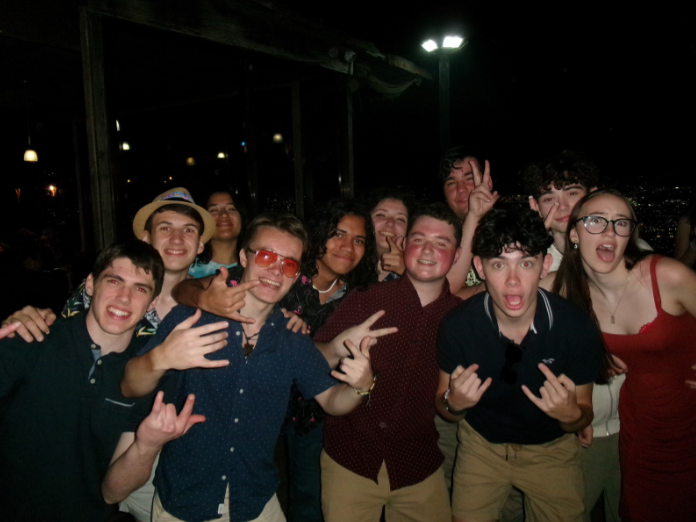 In early November of this year, American astronomers began tracking an unknown piece of “space junk”, object 2014-28E, that was launched off of the Earth’s surface. Many believed it to be another satellite or communications device, but upon further investigation, it was deduced that the object was in fact an anti-satellite weapon, or ASAT. These weapons are launched into space with the sole purpose of destroying enemy satellites and downing communication across a specific area.
In early November of this year, American astronomers began tracking an unknown piece of “space junk”, object 2014-28E, that was launched off of the Earth’s surface. Many believed it to be another satellite or communications device, but upon further investigation, it was deduced that the object was in fact an anti-satellite weapon, or ASAT. These weapons are launched into space with the sole purpose of destroying enemy satellites and downing communication across a specific area.
Surprisingly, little is known about the Russian ASAT, even though countries all around the world have their eyes trained on it. Many modifications have been made to the ASAT design since its first use in the 1950s, and different countries have obtained ASAT schematics and design plans. “It could have a number of functions, some civilian and some military,” said US space security expert Patricia Lewis. Some speculate the device will be used to repair other Russian satellites, but the more skeptical believe it has the potential to do real harm.
The concept of “killing satellites” has stayed relatively dormant since the 1980s, when Russia and the US began to demonstrate their ability to fill the atmosphere with satellites, laser grids, and other extreme long-range systems. The first notable activity came from China in 2008, when the nation took out one of its own aging weather satellites with a mid-range ballistic missile that was mounted on another, newer satellite.
The event sent a message to major world powers, namely the US and Russia, that there was to be a new space race, except with weapons, not people. As the push to weaponize land, air, and sea on Earth increases, weaponizing space is fledgling industry. Still, skeptics in the US and the rest of the world believe that there is nothing to fear. Brian Weeden, the technical advisor to the Secure World foundation, says that the fear is “hugely overblown” and that “there’s absolutely zero evidence available right now to support it.” As for the launch being a mere display of power, there is more evidence to support this idea than any other.
Max White, an astronomer who, along with others in the 1960s, pinpointed the location of various Soviet spy satellites, believes that “whether the Russians feel they need to demonstrate [the capability to destroy satellites] is a matter for debate.” Indeed, considering that prior to China’s 2008 launch, Russia was a major force in attempting to create a worldwide treaty to prevent the weaponization of space, a goal that has since fallen out of favor with world leaders. Until object 2014-28E actually does something, be it fixing a damaged satellite or destroying an American one, speculations remain up in the air.







